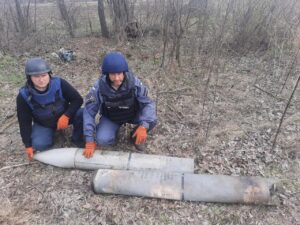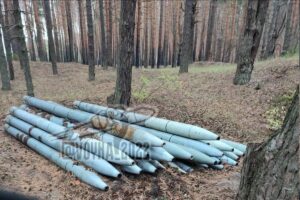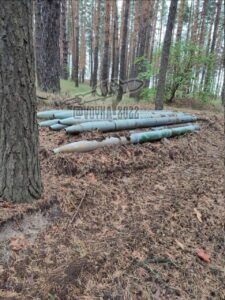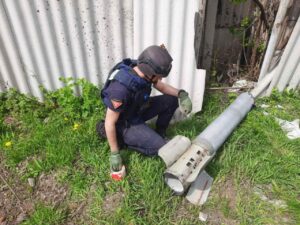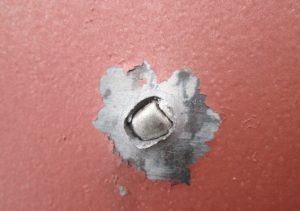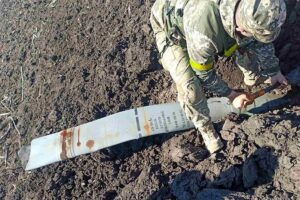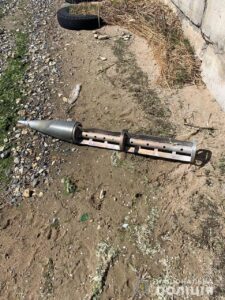13 results
Current Filter
9M27 Uragan series
A series of Soviet-designed artillery rockets which can be launched from the BM-27 Uragan multiple launch rocket system. The rockets have a diameter of 220 mm and are produced in a number of variants, including the unguided 9M27 series, which have a maximum effective firing range of 35 km. The munitions can deliver a variety of warhead types, such as high explosive fragmentation (HE-FRAG), cluster munitions (including anti-personnel and anti-tank types), scatterable mines, and incendiary material. 9M27 series rockets have seen extensive use in conflicts such as the Chechen Wars, 2008 Georgian War, the Syrian Civil War, and the war in Ukraine.
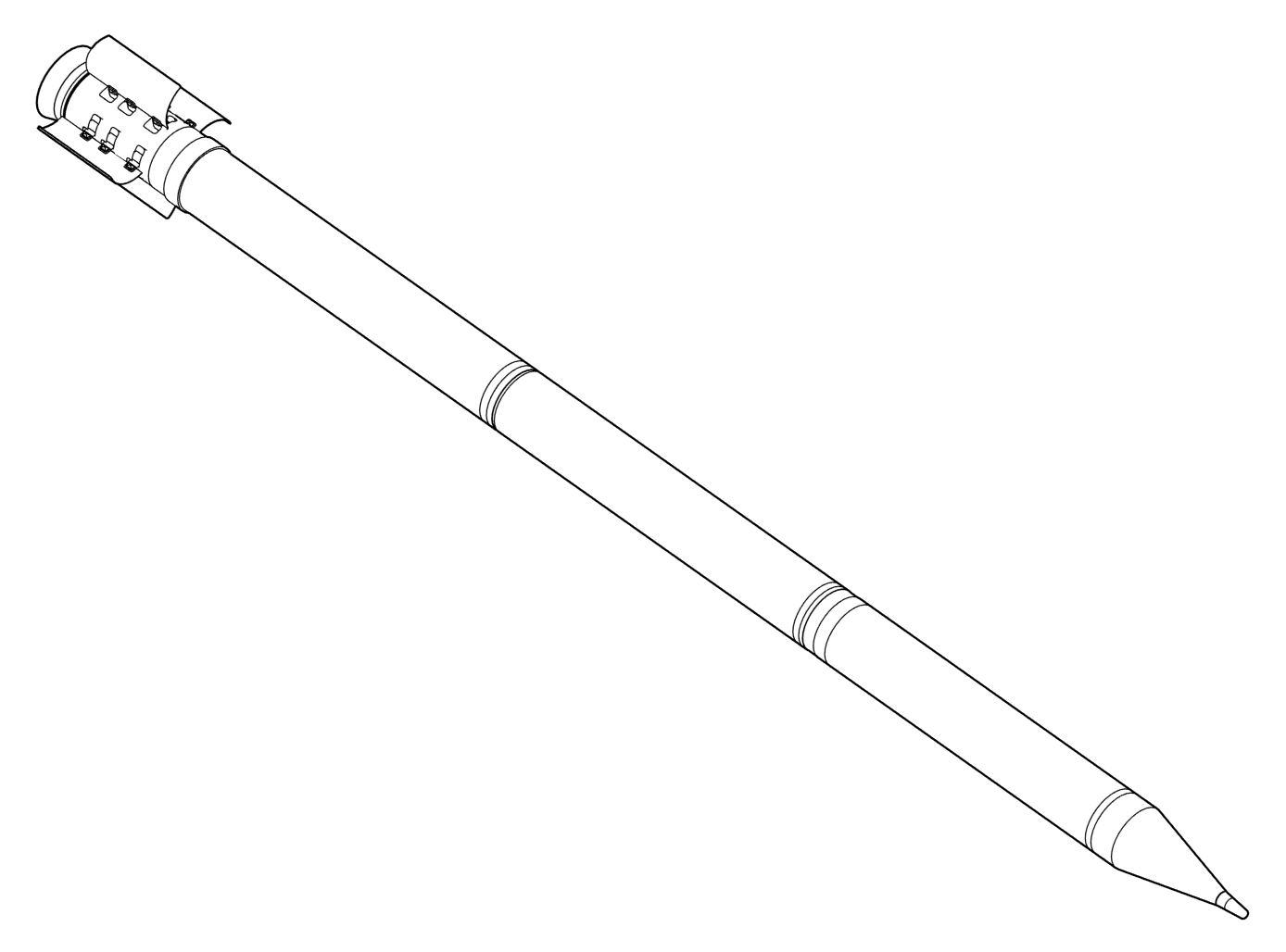
Analyst Note:
Almost all cluster munitions, including this example, expel their submunitions during flight. The submunitions are often held in an internal frame, such as that visible here, prior to being expelled. Depending on the munition, these internal frames may be diagnostic for identification. They usually do not carry a significant explosive payload in their own right, and therefore often withstand the functioning of the munition relatively intact. (ARES)











